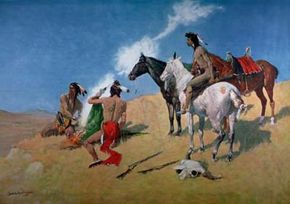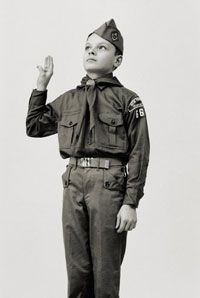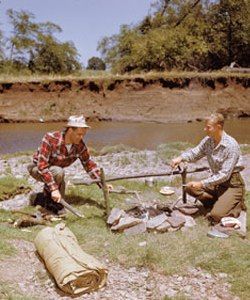In westerns, filmmakers portrayed Native Americans as master communicators with smoke signals. They would send complex messages in an unknown code like a shape-shifting alphabet seen from above. While this made for interesting movies, the reality of how smoke signals were used isn't as complex. They were simple messaging systems used to send basic transmissions over long distances.
Advertisement
The one drawback of using smoke signals is that the enemy could also see them. For this reason, there wasn't a set code for transmissions, and each tribe had its own system. The meaning of the message was predetermined and only known to the sender and receiver of the signal. A tribe might send a message that the enemy was near or that sickness had fallen over the camp. They would also commonly use the signals to announce the outcome of battle or to call for reinforcements. In order to send signals over greater distances, tribes would set up a chain of fires to relay the message from one to the next.
Native Americans weren't the only people who used smoke signals to communicate. Chinese soldiers stationed along the Great Wall of China used smoke signals to convey messages of impending attack from one watchtower to the next. They used a mixture of wolf dung, saltpeter and sulfur to create dense smoke that's easily seen from a distance. By passing the message from tower to tower, they were able to relay a communiqué as far as 300 miles in only a few hours.
Even though two-way radios and emergency beacons have rendered smoke signals a thing of the past, The Boy Scouts of America still teaches smoke signaling. They tell their scouts to send an emergency signal of three puffs of smoke to indicate that they're in trouble in the wilderness. The reason for this is best stated in the Boy Scout motto -- "Be Prepared." You never know when something might happen to leave you lost and stranded in the woods. No one ever plans on it. Being prepared and knowing how to send a signal for safety is a good idea for any outdoor enthusiast, not just Boy Scouts.
In this article, we'll look at what kinds of messages were sent using smoke signals, as well as how to do it yourself.
Advertisement














